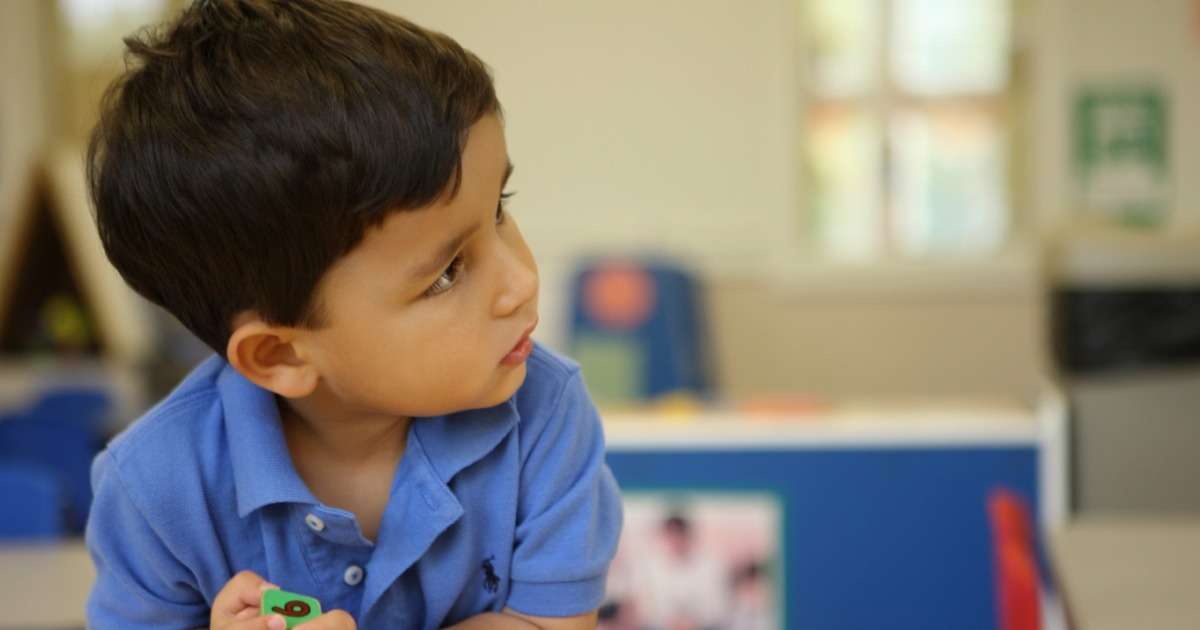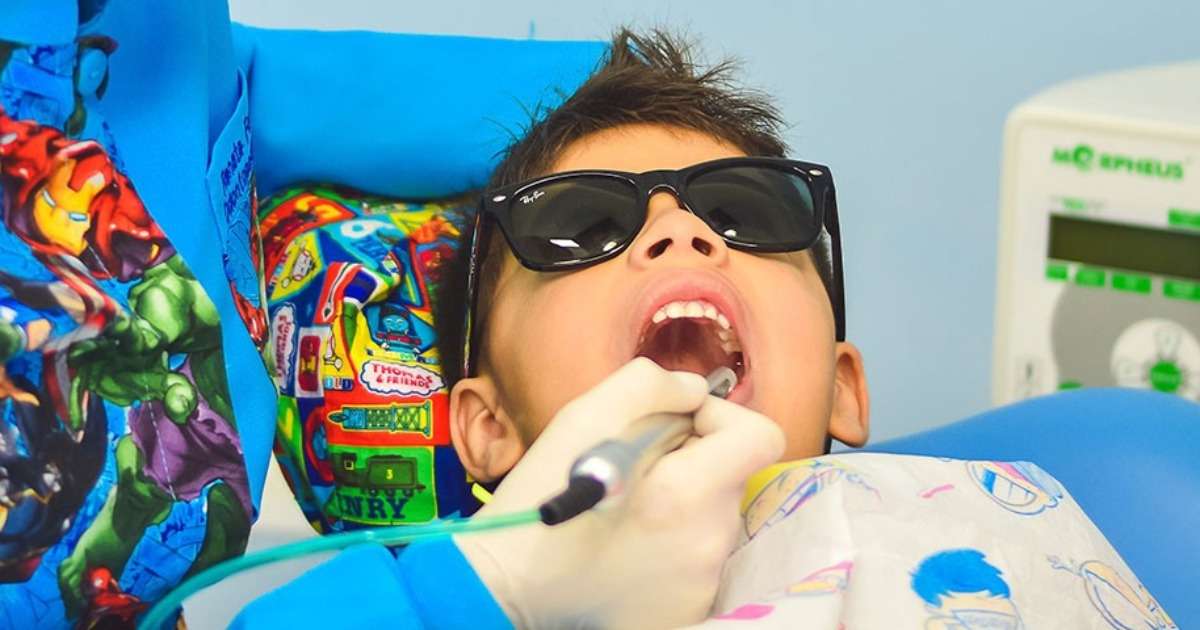
How to measure emotions in pigs
A commonly used assay for assessment of fear in animals is the novel environment test.In this test, an animal is placed in an arena for a particular time period and behaviors are scored.

Insect damage on leaves changes the reproductive strategy of plants
We all know that the majority of plant species depends on pollinators, like bees and syrphid flies, for reproduction. What most of us do not know is that this process is far more complex than it looks at first sight.

Physiological and behavioral analysis: coping with stress
Having a behavioral coping strategy means that a person can regulate emotions and deal with stressful situations.

Why wolves cry out for their friends
Why do wolves howl? From research, movies, and even television series, we learn that wolves cry out to each other to facilitate the reassembling of a pack when members have strayed.

Healthcare communication - dealing with emotions
Communication studies have shown that breaking bad news is best be done immediately and with clear wording. What is the best step forward?

How to mark zebrafish without compromising their behavior
How to mark zebrafish without compromising their behavior? They may have just found the answer to this at the University of Toronto. Cheung et al. tried out a method using subcutaneous injection with dyes.

Nurse-child interaction - observing medical encounters
In order to help health professionals and parents manage child distress more effectively, researchers started observations of real interactions in healthcare in a community setting.

Why social pigs do better
If you want to get on in life, is it better to make friends, or should you trample down the competition? Maybe we can learn something from animals…

Doctor-patient communication training program evaluated
Every day, new training programs find their way to hospitals and clinics to help professionals convey their message efficiently and effectively in order to practice their profession.
